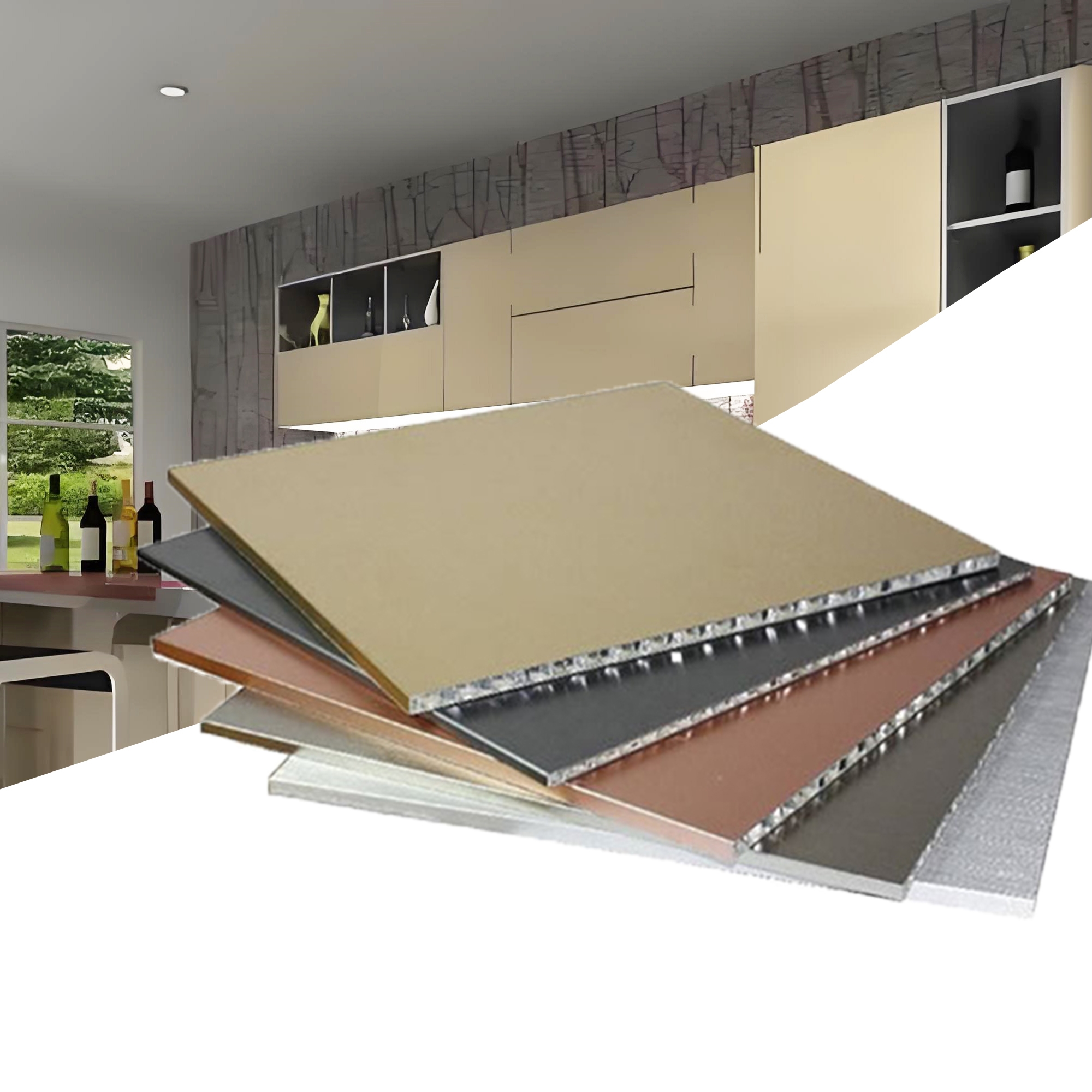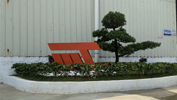The Benefits of Aluminum Honeycomb
Author:Jayminton Time:2024-06-07
Aluminum Honeycomb panels are suitable for civil construction, vehicle and ship decoration, etc. They are the application of aviation and aerospace materials in the field of civil construction. The entire processing process is completed in a modern factory, using hot pressing molding technology. Due to the high thermal conductivity between the aluminum skin and the honeycomb, the thermal expansion and contraction of the inner and outer aluminum skins are synchronized; there are small holes on the honeycomb aluminum skin, so that the gas in the panel can flow freely; the slidable mounting buckle system will not cause structural deformation during thermal expansion and contraction.

Honeycomb materials have excellent properties such as high wind pressure resistance, shock absorption, sound insulation, heat preservation, flame retardancy and high specific strength. In the 1960s, foreign countries have been used in various civil fields and developed rapidly. Honeycomb technology in my country has been applied in various fields of civil industry. aluminum honeycomb panel curtain wall has been widely used in high-rise building exterior wall decoration due to its many advantages such as light weight, high strength and high rigidity. The total thickness is 15mm, and the panel bottom plate is 1.0mm thick. The weight of the aluminum honeycomb panel with the same rigidity is only 1/5 of the Aluminum Veneer and 1/10 of the steel plate. The interconnected aluminum Honeycomb Core is like countless I-beams. The core layer is distributed and fixed in the entire panel surface, making the plate more stable. Its wind pressure resistance performance is much better than that of aluminum plastic plate and aluminum veneer, and it is not easy to deform and has good flatness. Even if the grid size of the honeycomb panel is large, it can achieve extremely high flatness and is the preferred lightweight material in the construction industry.

 S1 Clip-in Metal ceiling System
S1 Clip-in Metal ceiling System JMT-L4.2 U-Baffle System
JMT-L4.2 U-Baffle System JMT Aluminum Wall Cladding
JMT Aluminum Wall Cladding Aluminum Honeycomb Panel
Aluminum Honeycomb Panel Air-Condenser Cover
Air-Condenser Cover Metal Heat Cover
Metal Heat Cover Singapore Changi Airport T2 Arrival
Singapore Changi Airport T2 Arrival Australia Marvrl Stadium City Edge
Australia Marvrl Stadium City Edge Enterprise Information Announcement
Enterprise Information Announcement Construction Industry Solutions
Construction Industry Solutions About Jayminton
About Jayminton Contact US
Contact US